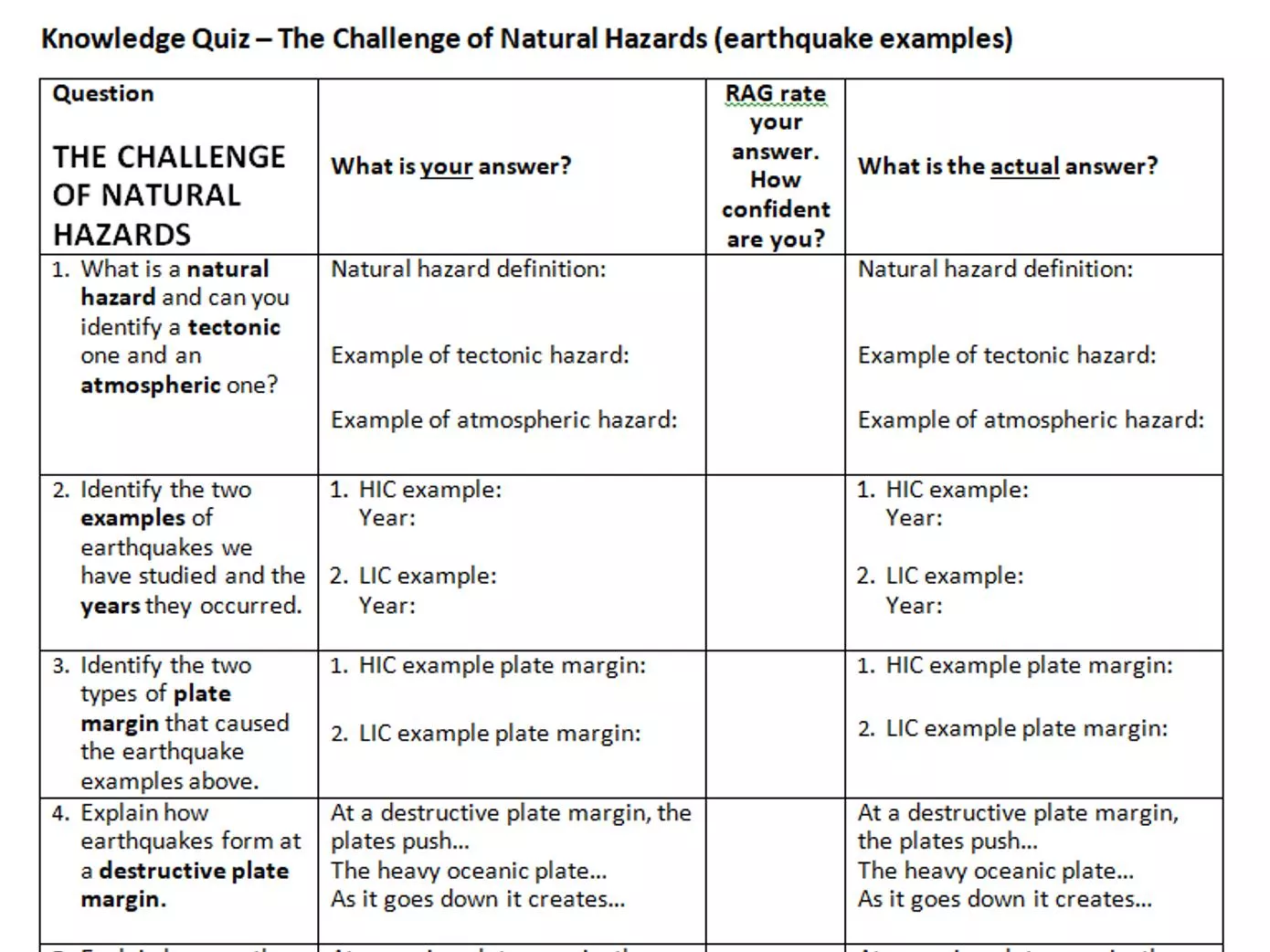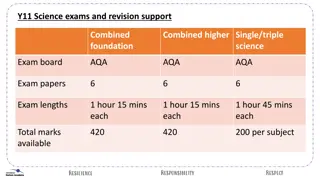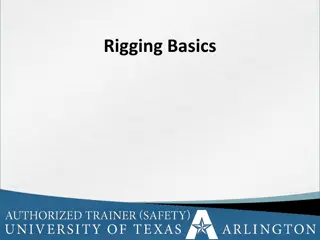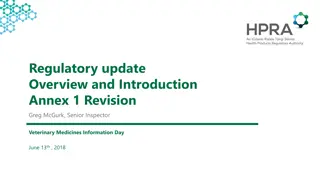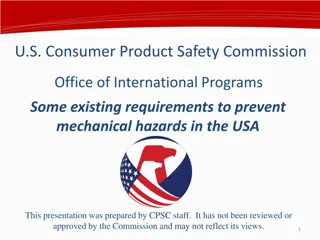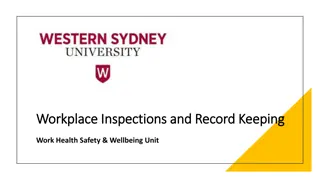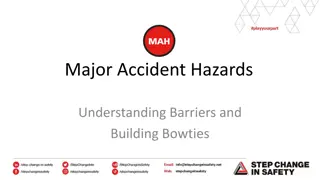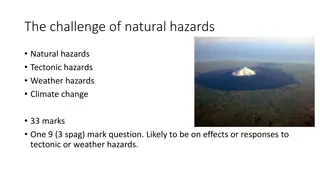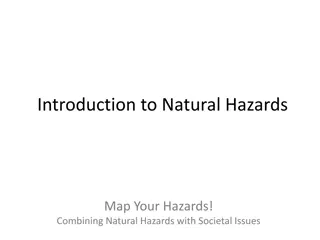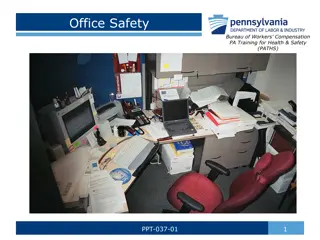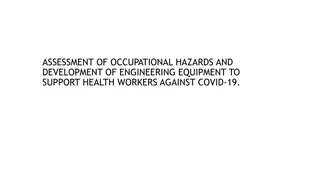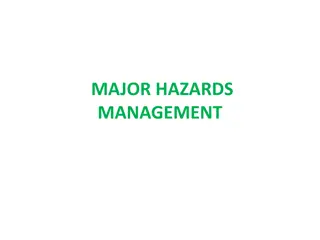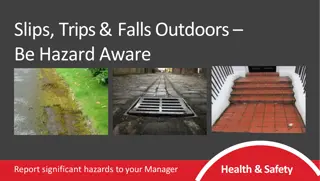The Challenge of Natural Hazards Revision
Decide on the PE/PEE/PEEL paragraphs for a geography exam question discussing the effects of tectonic hazards in contrasting areas of wealth. Learn how to structure your answer, identify key words, and craft effective paragraphs to score well. Use examples like the Haiti earthquake to explain why impacts vary between Low Income Countries (LICs) and High Income Countries (HICs).
Uploaded on Feb 24, 2025 | 0 Views
Download Presentation

Please find below an Image/Link to download the presentation.
The content on the website is provided AS IS for your information and personal use only. It may not be sold, licensed, or shared on other websites without obtaining consent from the author.If you encounter any issues during the download, it is possible that the publisher has removed the file from their server.
You are allowed to download the files provided on this website for personal or commercial use, subject to the condition that they are used lawfully. All files are the property of their respective owners.
The content on the website is provided AS IS for your information and personal use only. It may not be sold, licensed, or shared on other websites without obtaining consent from the author.
E N D
Presentation Transcript
The challenge of natural hazards revision The challenge of natural hazards revision Decide on the PE/PEE/PEEL paragraphs, their type and number Decide on the points you want to make based on what you know Apply BUM to the question Begin to write your answer Exam question: Using an example you have studied, suggest why the effects of a tectonic hazard vary between contrasting areas of wealth (6 marks) What are the command words to be boxed? Using and explain What are the important words and keywords to be underlined? example, areas, wealth, contrasting Based on the marks, how many and what sort of paragraphs should you write? 2 x PEE paragraphs
The challenge of natural hazards revision The challenge of natural hazards revision Decide on the PE/PEE/PEEL paragraphs, their type and number Decide on the points you want to make based on what you know Apply BUM to the question Begin to write your answer Exam question: Using an example you have studied, suggest why the effects of a tectonic hazard vary between contrasting areas of wealth (6 marks) What key words could you include? Primary effects, secondary effects, LIC, HIC, standard of liv. What cheeky facts could you include? c.200,000 deaths, 1.5m homeless, 296 killed, 4100 homeless What connectives should you include? for example, however, furthermore, as a result, in consequence
The challenge of natural hazards revision The challenge of natural hazards revision Using an example you have studied, suggest why the effects of a tectonic hazard vary between contrasting areas of wealth (6 marks) P: The effects of a tectonic hazard are usually greater in Low Income Countries than High Income Countries. around 200,000 died E: For example in the Haiti earthquake of 2010, But in the Amatrice, Italy earthquake, E: This difference is because Haiti has a lower level of development. Hospitals were less well-equipped and collapsed so that they couldn t treat the injured and there was no emergency plan. 296 did P: The secondary effects of earthquakes can also be worse in LICs than HICs, and an example is homelessness. 1.5m people were made homeless. a few thousand were. E: For example in Haiti, But in Amatrice, E: This is due to the people of Haiti living in huge areas of squatter settlements made of scrap materials which quickly collapsed, which is typical of LICs.
The Living World 1.Ecosystems 2.Tropical Rainforests Where? Structure? Causes of Deforestation? Management International, National and Local? 3.Hot Deserts Thar Where? Opportunities? Challenges? 4.Desertification Where is it occurring? Why is it occurring? Reducing the risk?
Chosen environment Fringe of a Hot desert??
Sahel Region, Sahara Desert, Africa 1st job identify the risk of environmental damage what environmental damage is taking place? Clue: Process by which land is turning to desert Opening Statement showing understanding of what the risk is and where The Sahel Region is at risk of environmental damage called desertification. This is the process whereby the land turns to desert.
2nd Job Identify a management strategy used to reduce the risk of desertification. a. How does it work? b. How important is it? X2 of these Strategies? 1. MagicStones aka Low Stone Walls 2. Planting trees e.g. Acacia Gum Trees Others .. 3. National Parks and Reserves 4. Water and Soil Management
One management strategy used to reduce the risk of desertification is the method called MagicStones . Lines of low stone walls have been built by local communities along contour lines using stones from the surrounding area. When the rain comes, the walls trap the water, also preventing the soil from being washed away. Moisture is therefore held in the soil. This management strategy is very important. Not only has it helped to reduce desertification by preventing soil erosion, but it is also very sustainable as it uses appropriate technology. In areas of the Sahel where it has been implemented, farmers have been able to increase their crop yields by up to 50%. This means that there is enough food to feed the population in the region, therefore preventing food insecurity and famine from occurring.
A second management strategy used in areas of the Sahel which is also very important, is the planting of trees. In particular, in Senegal, they have planted Acacia Gum trees. Planting the trees reverses desertification by preventing soil erosion. The tree roots binds the soil together and the leaves and branches provide shade for plants and animals. The trees also provide an income for local people, nutrients for other plants and crops to grow, as well as providing fodder for livestock. This strategy has therefore been very important for reducing the effects of desertification environment, but also communities as well. This strategy is also very sustainable. by protecting supporting the local in


